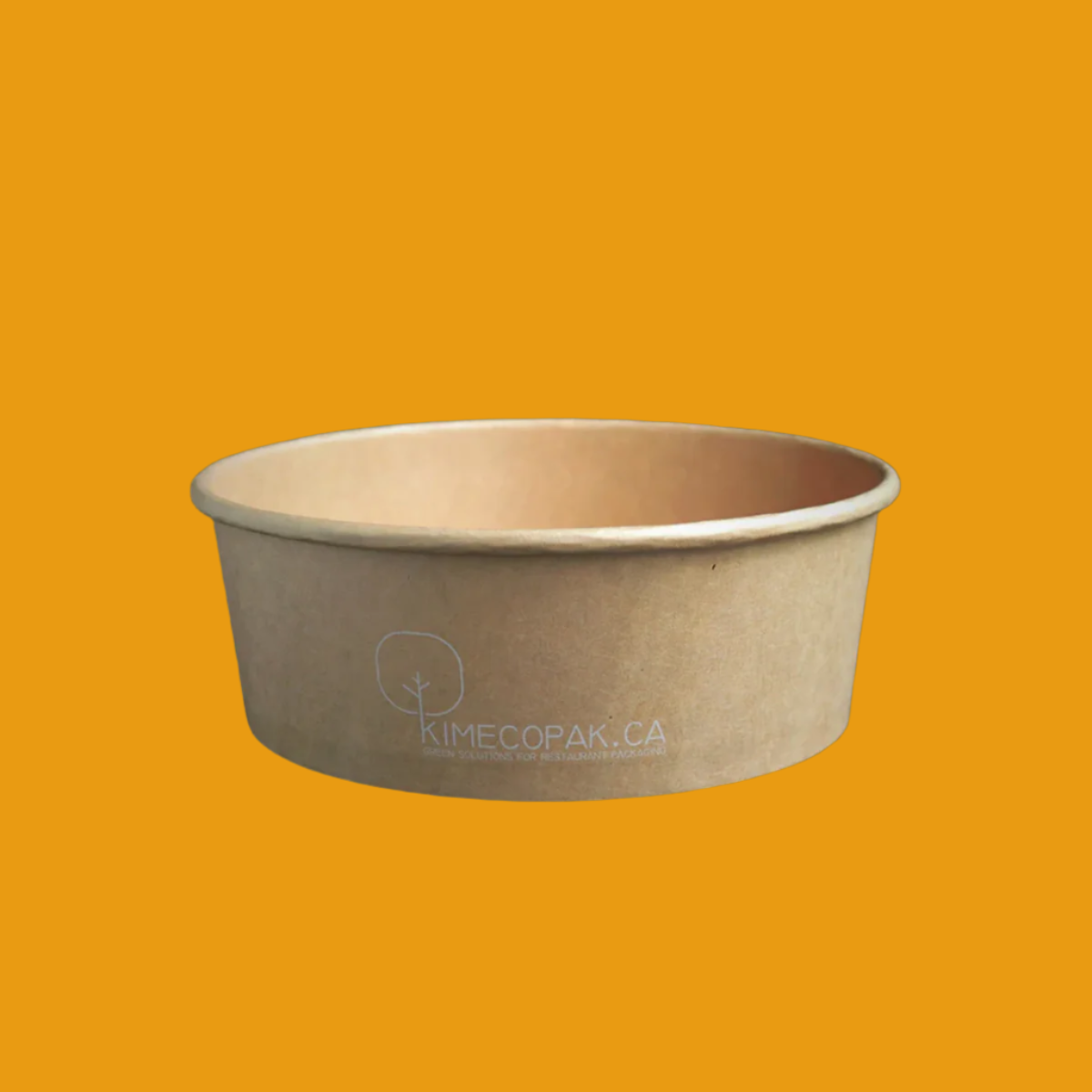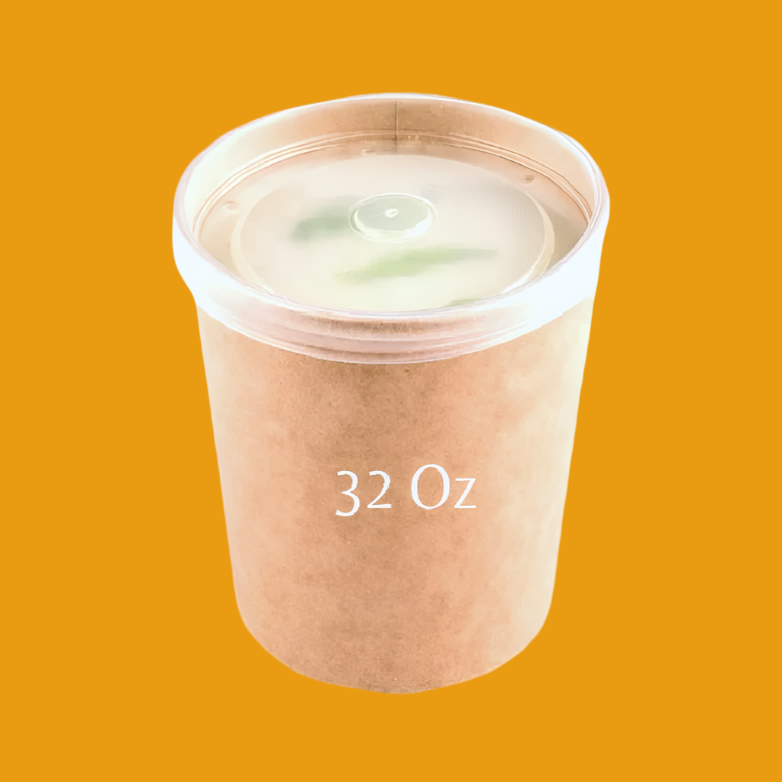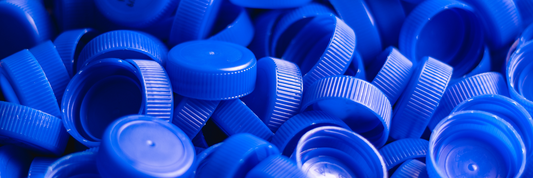Placemats are an essential part of dining décor and table protection, but what happens when they wear out or are no longer needed? Many people wonder, can placemats be recycled? The answer depends on the type of placemat and the materials used in its construction. In this detailed guide, we’ll explore whether placemats can be recycled, the challenges involved, alternative ways to repurpose them, and eco-friendly options for sustainable dining.
Understanding Placemats and Their Materials
Before determining if a placemat can be recycled, it's important to understand the materials used in different types of placemats. Some materials are recyclable, while others pose challenges due to mixed components.
Common Placemat Materials
- Plastic (PVC, Polypropylene, Vinyl, PET, EVA) – Often water-resistant but can be difficult to recycle.
- Fabric (Cotton, Linen, Polyester, Felt, Jute) – Natural fabrics may be compostable, while synthetic fabrics are harder to recycle.
- Bamboo & Wooden – Considered eco-friendly, these may be compostable or upcycled.
- Cork – Sustainable but may not always be accepted in recycling facilities.
- Silicone – Durable and reusable but often not recyclable through curbside programs.
Understanding these materials will help determine the best way to dispose of or repurpose placemats.
Can Different Types of Placemats Be Recycled?
Plastic Placemats
Plastic placemats are the most common type, but their recyclability depends on the specific plastic used.
✔️ Recyclable: Some PET and Polypropylene (PP) placemats can be recycled if marked with recycling codes #1 or #5.
❌ Not Easily Recyclable: PVC and vinyl placemats are difficult to recycle and may need specialized facilities.

What You Can Do:
- Check the recycling symbol on the placemat.
- Contact your local recycling center to see if they accept the type of plastic.
- Consider upcycling instead of disposal.
Fabric Placemats
Fabric placemats come in both natural and synthetic forms, affecting their recyclability.
✔️ Recyclable: Cotton, linen, and jute placemats can be composted or repurposed.
❌ Not Easily Recyclable: Polyester, felt, and mixed-material fabrics are hard to recycle.
What You Can Do:
- Donate to textile recycling programs or reuse them as rags.
- Compost 100% natural fiber placemats.

Bamboo and Wooden Placemats
Bamboo and wooden placemats are eco-friendly alternatives but require proper disposal.
✔️ Recyclable/Compostable: 100% bamboo and wood placemats can be composted or repurposed.
❌ Not Easily Recyclable: Laminated or varnished wooden placemats contain chemicals that prevent recycling.
What You Can Do:
- Compost untreated bamboo placemats.
- Use as garden mulch or craft materials.
Cork Placemats
Cork is a natural and biodegradable material, but not all recycling centers accept cork.
✔️ Recyclable: Wine cork recycling programs may accept cork placemats.
❌ Not Easily Recyclable: If cork is coated with plastic or synthetic finishes, recycling is difficult.
What You Can Do:
- Upcycle cork placemats into coasters, bulletin boards, or trivets.
- Check with cork recycling programs.

Silicone Placemats
Silicone is durable and long-lasting, but not widely recyclable.
✔️ Recyclable: Some specialized programs accept silicone products.
❌ Not Easily Recyclable: Most curbside recycling programs do not accept silicone.
What You Can Do:
- Look for brands with silicone take-back programs.
- Use old silicone placemats as baking mats or pet food mats.
Challenges in Recycling Placemats
Even if a placemat is made from recyclable material, several factors affect whether it can be recycled:
- Mixed Materials: Many placemats combine different materials (e.g., plastic-coated fabric), making recycling difficult.
- Food Contamination: Placemats that have absorbed food, grease, or spills may not be accepted for recycling.
- Lack of Recycling Facilities: Some regions do not accept certain materials, even if they are technically recyclable.
Because of these challenges, alternative ways to repurpose placemats are often more practical.
Alternative Ways to Repurpose Old Placemats
Instead of throwing placemats away, consider creative ways to reuse or donate them:
DIY Home Décor
- Turn old placemats into wall art, table runners, or drawer liners.
- Use fabric placemats to make reusable shopping bags.
Pet and Outdoor Uses
- Use old placemats as pet feeding mats.
- Convert them into gardening kneeling pads.
Kids’ Crafts and Learning Tools
- Plastic placemats can be cut into stencils for crafts.
- Fabric placemats can be repurposed as aprons for kids’ activities.
Donation and Textile Recycling
- Donate gently used placemats to charities, shelters, or second-hand stores.
- Search for textile recycling programs in your area.
FAQs: Can Placemats Be Recycled?
Are all plastic placemats recyclable?
No. Only certain plastics (e.g., PET or polypropylene) are recyclable. PVC and vinyl are difficult to recycle.
Can fabric placemats be composted?
Yes, if they are made from 100% natural fibers like cotton or linen. Polyester and synthetic blends are not compostable.
Where can I recycle old placemats?
Check with local recycling centers, textile recycling programs, or donation organizations. Some specialty recycling programs accept certain materials.
Can I put bamboo placemats in my compost bin?
Yes, if they are untreated bamboo without coatings or varnishes.
What’s the best way to dispose of cork placemats?
Reuse them for crafts or check for cork recycling programs in your area.
Conclusion: Making the Right Choice for Sustainable Dining
While some placemats can be recycled, many face challenges due to mixed materials and lack of proper recycling facilities. Instead of throwing them away, consider:
✔️ Reusing and upcycling old placemats for creative purposes.
✔️ Donating fabric or gently used placemats to shelters or thrift stores.
✔️ Choosing eco-friendly placemats made from sustainable or biodegradable materials.
By making informed choices, you can reduce waste, protect the environment, and promote a more sustainable lifestyle in your home!









